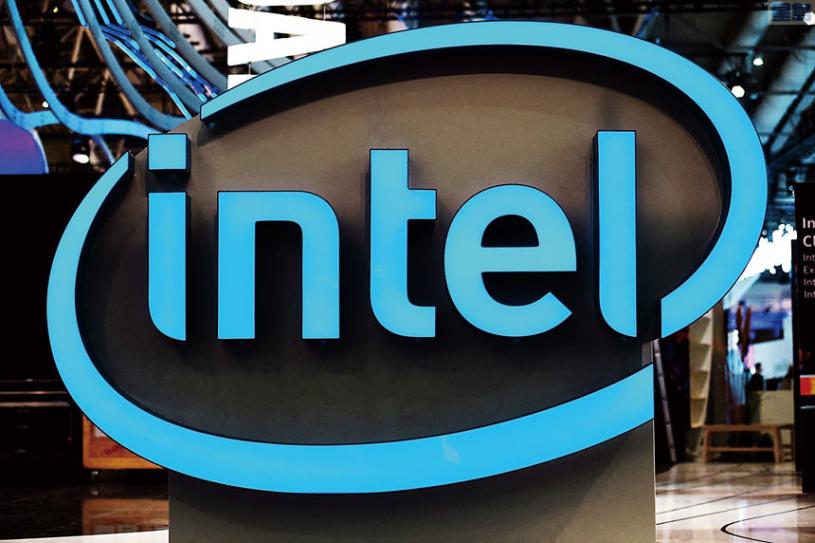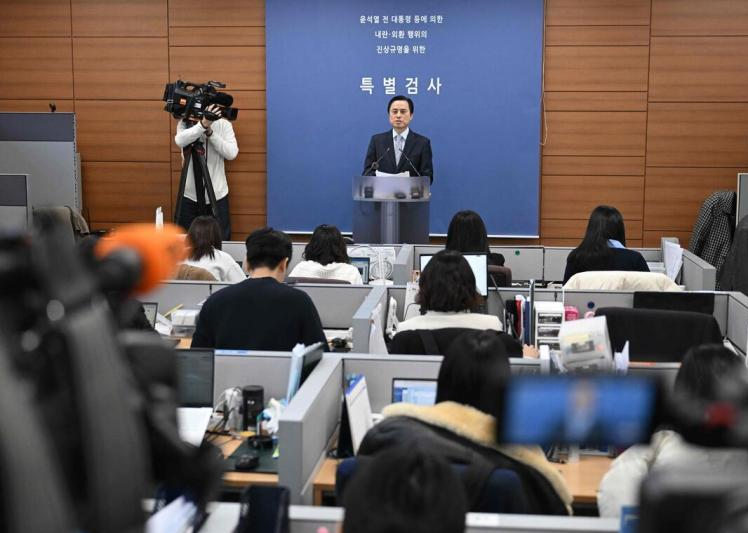
On March 1, Intel revised the construction schedule for its Ohio One Fab in New Albany, Ohio, delaying not only the completion date of the first phase of the project to as far away as 2030, but also the mass production plan for the second phase of the project to 2032. The change is undoubtedly a cynical revision of previously ambitious plans.
Back in 2021, Intel's decision to announce the construction of two cutting-edge chip manufacturing campuses in Licking County, Ohio, was like a stone thrown into a calm lake, causing ripples. At that time, Intel was full of confidence and planned to complete the first phase of the project in 2025, showing its deep heritage and forward-looking vision in the semiconductor manufacturing field. However, things change, with the outbreak of Intel's internal financial crisis and the uncertainty of global market demand, this grand blueprint has to face the cruel test of reality.
Initially, Intel tried to ease the pressure by delaying the completion of the first phase of the project until 2027 or 2028, but this now appears to be little more than a stalling tactic. Extending the timeline directly to 2030, Intel's caution is almost on paper. This is not so much a reasonable adjustment to the project schedule as a helpless compromise to the uncertainty of the market and their own financial situation.
Notably, the plan for the Ohio fab is no small deal, but a behemoth of about 1,000 acres (4 square kilometers) that is expected to house eight semiconductor manufacturing plants and provide ample space for related operations and industry partners. Intel has estimated that fully developing the campus will cost about $100 billion, with an initial investment of $28 billion. Such a large scale of investment, now accompanied by repeated delays in the construction schedule, can not help but question the foresight of its decisions and execution.
Since the start of construction work in 2022, although there has been some progress on site, these advances pale in comparison to the original grand plans. The completion of the foundation and basement, the investment of more than 5 million man-hours, and the subsequent construction of the main floor, seem orderly, but can not hide the overall lag in progress. The data as of February 4, 2025, reveals this embarrassing reality: the construction of key facilities such as 36 super loads, 6.4 million man-hours, and 200,000 cubic yards of concrete, although huge investment has been invested, but compared with the expected target, there is still a large gap.
Naga Chandrasekaran, Intel's executive vice president of contract manufacturing, explained the series of delays in a message to employees in a "prudent approach" and a "fiscally responsible way," trying to put a veneer of rationality behind the company's decisions. However, the wording is more of a perfunctory response to skepticism than a sincere explanation. After all, in today's rapidly changing semiconductor industry, the delay of time often means the loss of technological advantages and market share.
Even more ironically, while the construction of the Ohio fab has dragged on and on, Intel's hiring has not stopped. Employees are trained in Arizona, New Mexico and Oregon to prepare for future production. This scene is like a well-choreographed pantomime, the actors are working hard to perform, and the audience has already understood the helplessness and embarrassment behind. Intel's move may be an attempt to show the outside world that it has not given up its resolve, but the actual effect is more like a reminder that the distance between ideal and reality is often more distant than imagined.
It is worth considering that the delay in the mass production of the Ohio fab indicates that the new facility will adopt more advanced technological processes. These technological processes rely on ASML Twinscan EXE: 5200 or more advanced High-NA EUV lithography machines that cost up to $350 million each. However, in the face of such a high investment, Intel's caution seems more reasonable. After all, when market demand is uncertain and your financial situation is tight, blindly investing is tantamount to digging your own grave.
But then again, does Intel's caution also reflect its hesitancy and lack of courage in the face of industry change? In today's increasingly competitive semiconductor industry, can Intel rely on this "robust" strategy to regain its former glory? These are questions that only time will answer.
The delay in the construction of Intel's Ohio fab is not only a test of the company's own decision-making ability, but also a profound reflection on the development trend of the entire semiconductor industry. In this war without smoke, whether Intel can adjust its strategy in time and seize the opportunity will determine its future fate.

YTN TV of South Korea reported on Tuesday (December 16) that the South Korean court plans to make a ruling on the charges of former President Yoon Suk Yeol for obstructing justice on January 16, 2026.
YTN TV of South Korea reported on Tuesday (December 16) tha…
On December 7, a new round of intense military conflict bro…
Recently, US media disclosed that the Pentagon is planning …
From three launch failures and a brush with bankruptcy to n…
Recently, a major piece of news has emerged in the US polit…
Against the backdrop of the Federal Reserve's third rate cu…